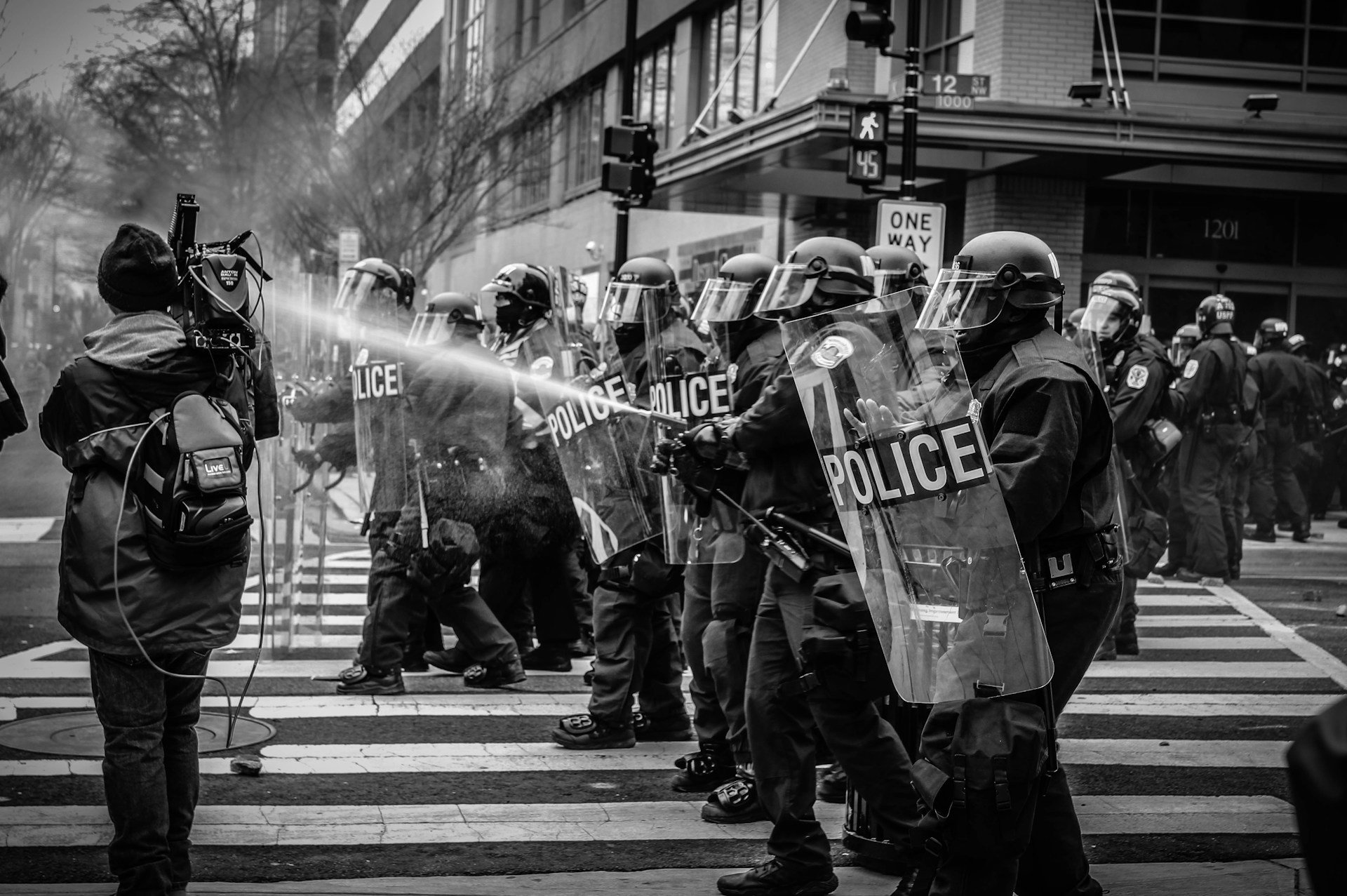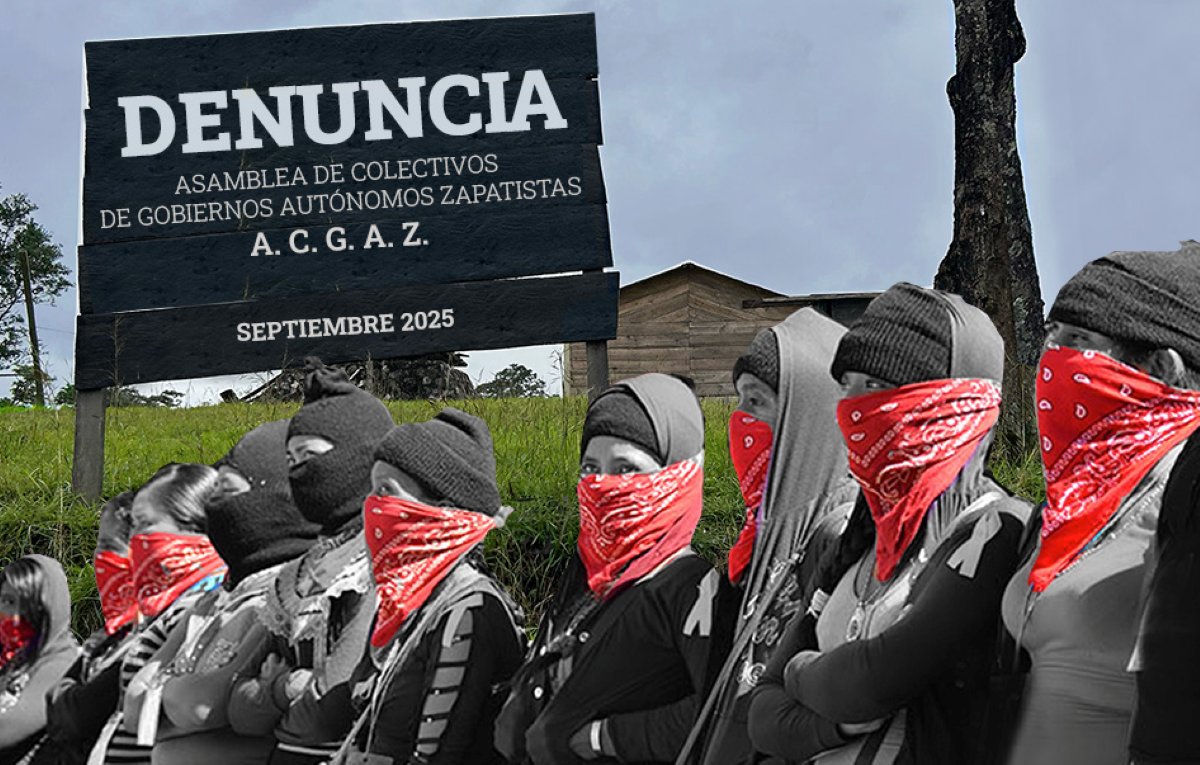Filed under: Action, Mexico, Police, Repression, The State

This piece comes from the autonomous media collective Subversiones. It speaks to the recent return to municipal power of narco-affiliated politicians in the municipality of Aquila, Michoacán, and the inevitable conflict this new government will have with the ongoing movement for communal autonomy in Santa María Ostula.
By Dante A. Saucedo and Regina López
On June 29th, on the Sierra-coast of Michoacán, the Indigenous community of Santa María Ostula celebrated the ninth anniversary of the foundation of Xayakalan—a town in struggle. After following the juridical and political route, in 2009 the communal guard recuperated, through their own action, 1200 hectares that had been taken over by small land-holders.
There, on the northern edge of the community, San Diego Xayakalan was founded; a bastion of resistance of Santa María Ostula. Its location is strategic: in the portion of territory that had been taken over, there are various mining concessions. Through the simple act of living, the inhabitants of Xayakalan are stopping the plunder.
Beyond the mines, the small land-holders had their eyes fixed on the fertile land of the coast. Mario Álvarez—ex-municipal president for the PRI party—and Guadalupe Mejía—better known as Huizapol—planted tamarinds and mangos on the land that they had usurped. The lands that today are milpas were previously devastated, serving as pasture lands for cattle.
Although the environment was festive during the anniversary event—workshops for the children, dance, sharing—concern regarding the July 1st election was evident. In Ostula, the tension was apparent last April. In a communique, the general assembly—maximum organ of community government—denounced the reorganization of the cells of the Knights Templar Cartel in the region, commanded by Juan Hernández, the municipal president from 2012-2015.
The community also pointed to acting municipal president, José Luis Arteada Olivares, and Cemeí Verdía Zepeda, who for years was commander of the Ostula communal guard and leader of the self-defense movement in the Sierra-coastal region. Behind the backs of the assembly, Verdía accepted candidacy for the position of local deputy of the National Action Party (PAN). In various photos, the ex-commander appeared in public events with Julio Mejía, the son of Huizapol, and with the brother of Mario Álvarez; that is to say, with the local caciques that for years invaded the lands of Santa María Ostula and who still hope to return.
The municipal president of Aquila, the municipality where the community of Ostula is located, was the center of the most serious dispute. Whoever took the position would have political and economic control of the region. The PRD candidate was César Olivares Fernández—cousin of the acting president—and the Green Party candidate was Mohammed Ramírez, cousin and friend of Juan Hernández. Morena, on their part, put Ebenezar Verdía as their candidate, a community member of Ostula.
In spite of some media attempts seeking to implicate the people of Xayakalan in electoral crimes that did not take place, the election day on July 1st was carried out in relative calm in Santa María Ostula. The assembly decided to allow the installation of voting booths and furthermore, the communal guard oversaw the elections and the entrance of the electoral packages.
The result, however, was the worst-case scenario for the community of Santa María Ostula. Mohammed Ramírez Méndez, PVEM candidate, won the Aquila municipal presidency. Ramírez, an engineer, is known throughout the region for being a family member of Juan Hernández and one of the principal actors of the network of politicians linked to the Knights Templar Cartel.
Ramírez Méndez was pre-candidate for the PRI for the same position in 2012, but the Electoral Tribunal of the State invalidated his candidacy. His cousin and friend, Juan Hernández, took his position and served as municipal president until 2015. During his command, the Knights Templar ravaged the region and assassinated more than 30 community members of Santa María Ostula. Hernández, furthermore, opened the door to resource plunder—wood, minerals, etc.—that intensified beneath the cartel’s control.
In 2015, after the self-defense movement cleaned the region, Ramírez participated with Hernández in a series of meetings with other regional leaders of organized crime. In the meetings, an agreement was made to try to assassinate Cemeí Verdía—self-defense leader at that moment. That was the last attempt to maintain control by organized crime through the use of governmental positions.
In the 2015 election, Ramírez competed for the Green Party, while Julio Mejía—cousin of Frederico González, aka El Lico, boss of the northern zone of Ostula—postulated for PAN. After losing the election, Mohammed Ramírez returned to the community of Pómaro, where he is from. There he was elected, beneath the influence of organized crime, commissary of public goods. From that position he concessioned mining projects to caciques and to the ancient leaders of the Knights Templar.
Although the period from 2012-2015 was relatively calm for the people of Ostula, the clan of politicians, caciques and narco-traffickers led by Juan Hernández and Mohammed Ramírez, continued operating to the south of the community. The locations of Maruata and Huahua were their principal strongholds and from there they organized aggressions and harassment against the communal organization of Ostula.
The triumph of Mohammed Ramírez in this 2018 election cycle signifies the restauration of the narco-government in the municipality of Aquila. It’s a compact and organized group, sustained by family relations and comradery. The old cacique structures, typical of the Mexican PRI, are joined by the fire-power of organized crime.
Ramírez and Hernández are the vanguard—politically and visibly—of a group that seeks to completely control the region: control the traffic in the ports of Lázaro Cárdenas and Manzanillo, promote the entrance of mining companies, take control of the agricultural and livestock production, restart the logging of sought-after woods, and generally charge whoever wants to use the territory.
The principal obstacle for that group is, of course, the collective force of Santa María Ostula. Thus, the community members know that the following three years will be difficult ones, that the most cruel and direct aggressions will return, along with the fear and persecutions. But they also know that they can resist if they strengthen their assembly, their communal guard, their organization.
After the divisions generated by the political party democracy, the Nahua people of Ostula know that it is time to turn all their energy to communal organization. “Here our maximum authority is not the municipal president, not even the president of the republic. Here our maximum authority is the assembly”, said a community member the day after the election. Faced with the restoration of the narco-government in Ostula, it is clear that strengthening their autonomy signifies defending themselves, surviving.





